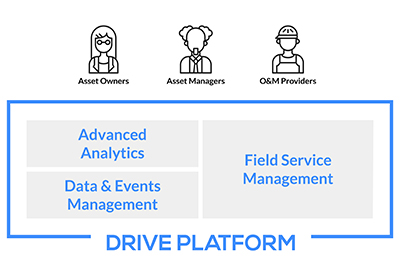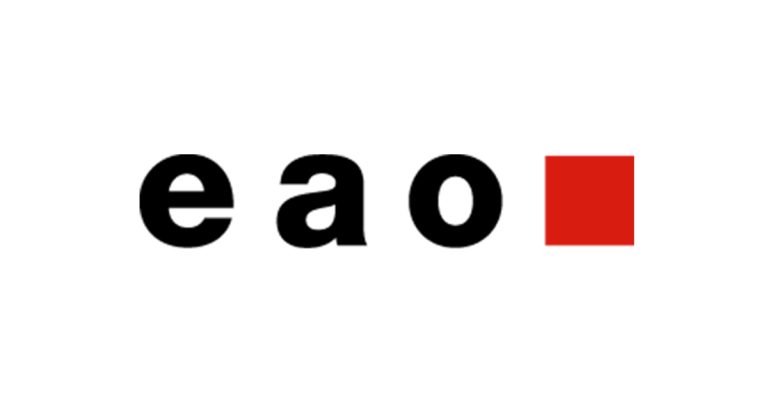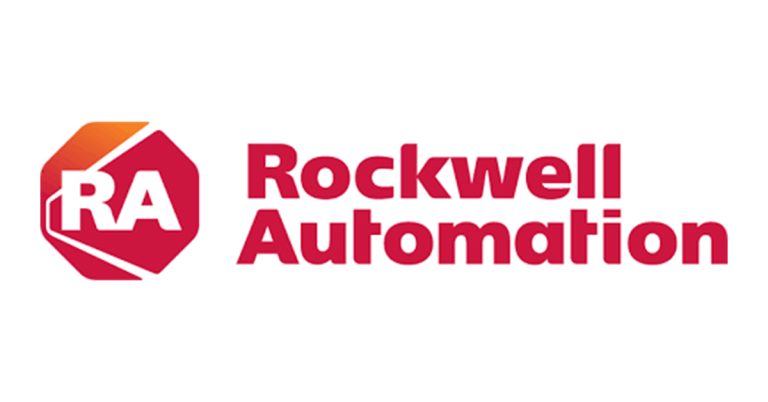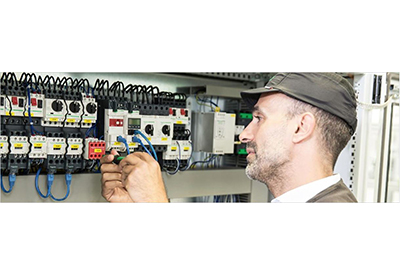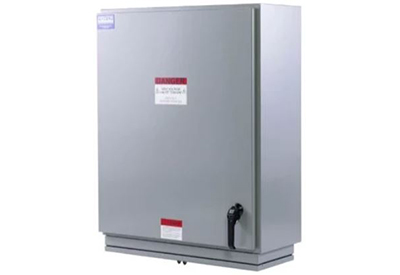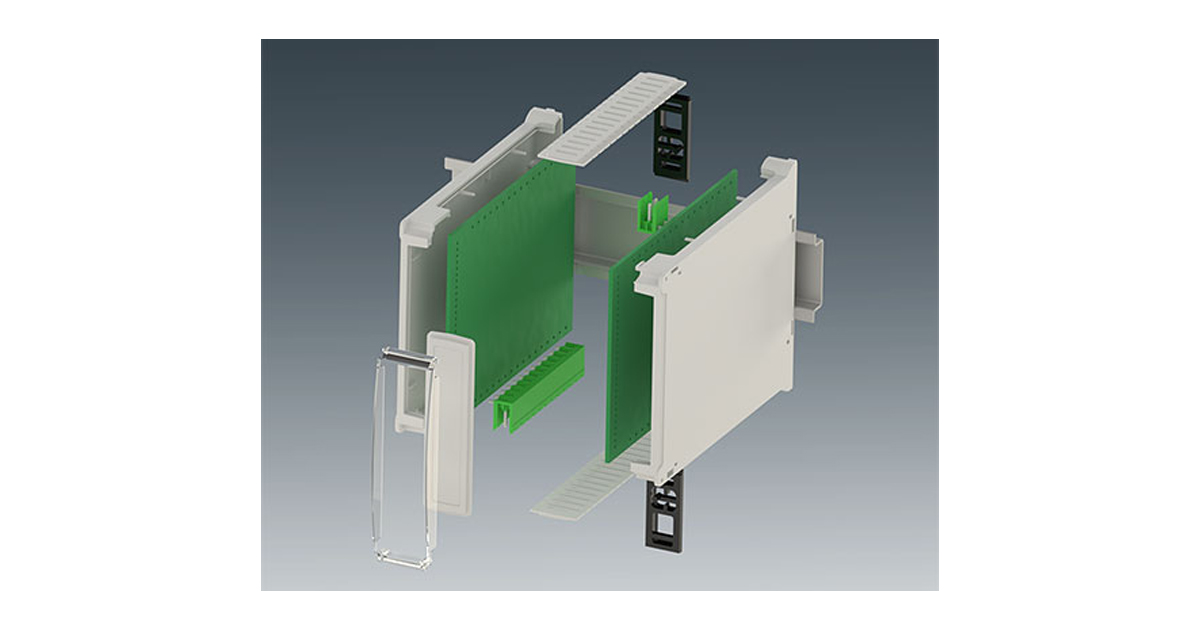Three Ways To Improve Your Design Engineering Process
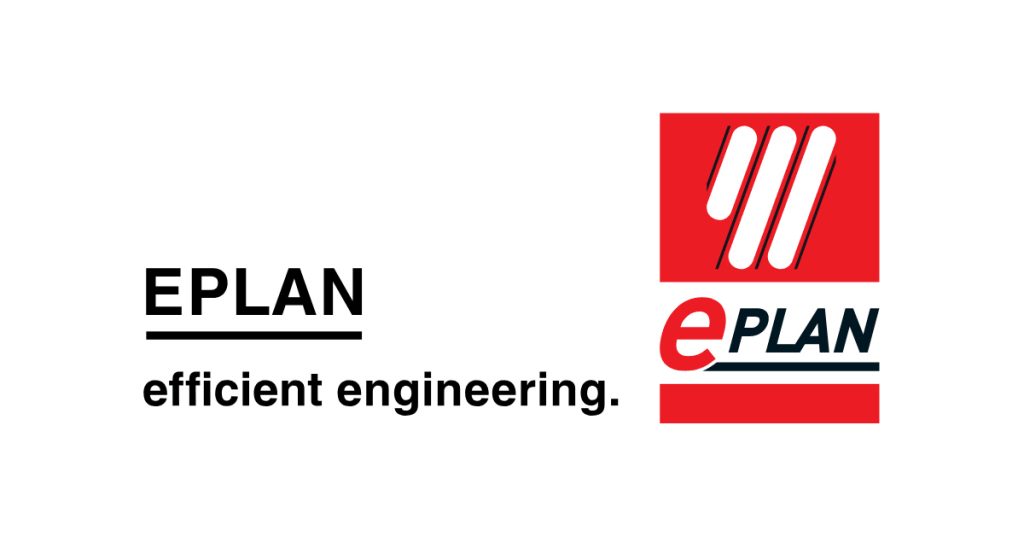
August 2, 2023
By Paul Goleniak, Senior Consultant & Team Leader, EPLAN USA
A good electrical engineering design process can help your department reduce operational costs, increase efficiency and improve product quality.
In this article, we’ll discuss some key points for consideration and best practices for optimizing your design engineering process.
1. Make data-driven decisions
It starts with the data your engineers have access to. This data should be accurate, high quality and easy to access to allow your engineers to focus on the important tasks – and spend less time validating and translating data. This is essential to ensuring consistent high-quality projects.
Improving your design engineering process starts by focusing on data-driven decision making throughout the entire process. By gathering and analyzing data from past projects, you can make more informed decisions about future projects’ direction. For example, if you find that certain parts are failing quality control more often than others, you can use this information to modify future designs or before implementing practical changes to increase their reliability on the production line. 2. Always have a quality control checklist
Quality control should be an integral part of every design engineering project from start to finish. Although this may seem a given, many companies miss this step – maybe because it is so obvious that they assume that quality controls are automatically integrated into their procedures and systems.
Regardless of the reasons, it’s important to always have a written and mutually agreed quality control checklist in place before commencing with any project. A quality control checklist helps ensure that all aspects of the product meet customer expectations and regulatory standards by listing out specific criteria for each component or assembly in detail. It also creates clear collaboration guidelines for electrical and mechanical engineering teams during the product development phase, so they can easily identify any potential issues before they become major problems down the line. Ensure your design does not move to the next stage before it passes quality control and has no errors. 3. Implement a continuous quality improvement plan
Finally, implementing a ‘continuous quality improvement plan’ is essential for ensuring ongoing improvements in your design engineering processes over time. By making small incremental changes (as guided by your performance and efficiency data) across the production process, you’ll gradually reap big benefits in productivity and reduced costs as these cumulative improvements manifest in more efficient processes and better products. Set your strategic improvement goals in writing and incorporate them into team and individual engineers’ KPIs, as they relate to their work.
More importantly, try to encourage a continuous improvement attitude among your engineers. By actively looking for ways in which they can improve, and building positive self-reflection into every project review analysis, your team will remain dynamic and will always be looking for better ways to work.

https://blog.eplanusa.com/from-cad-to-an-engineering-platform-3

